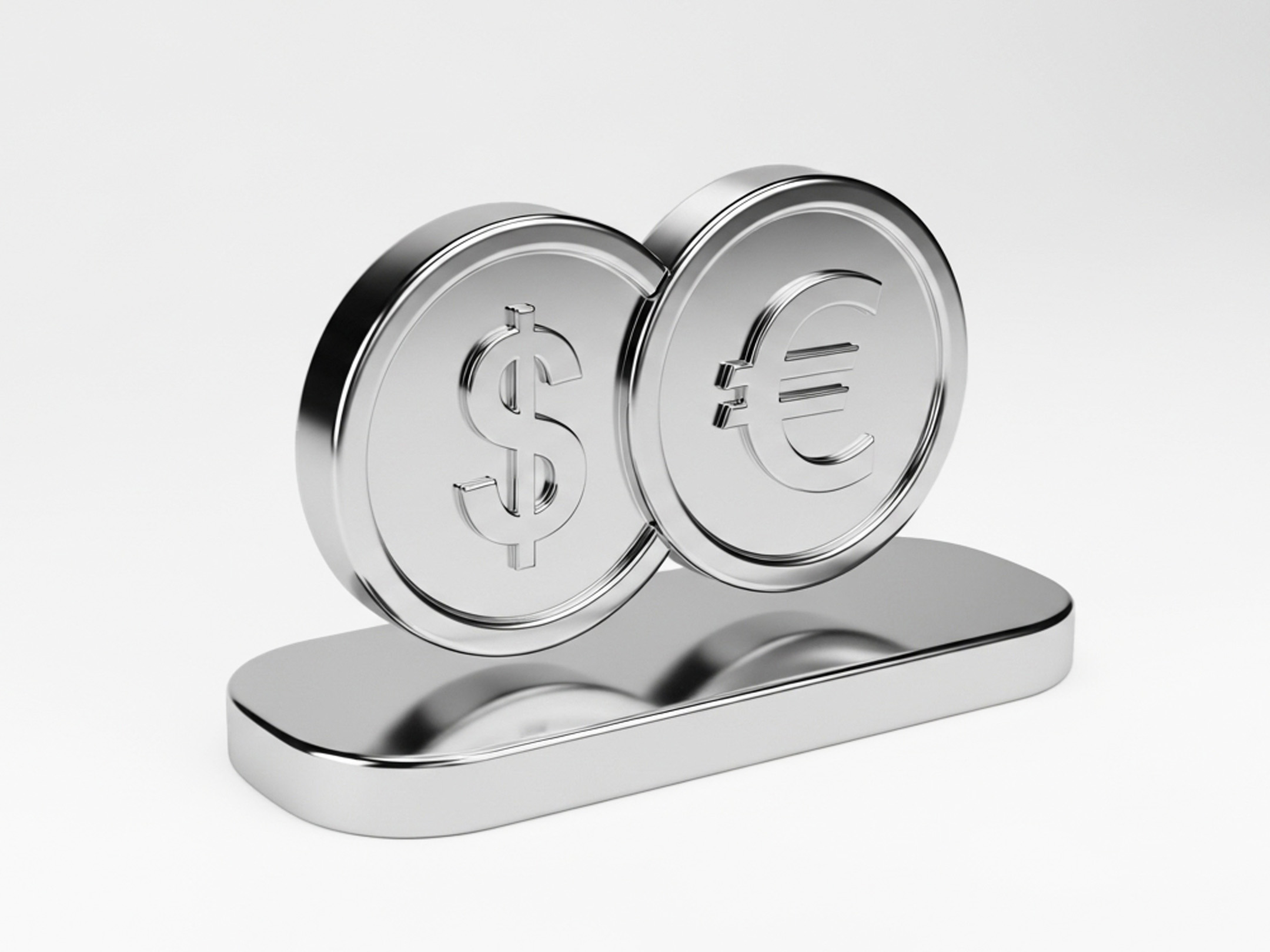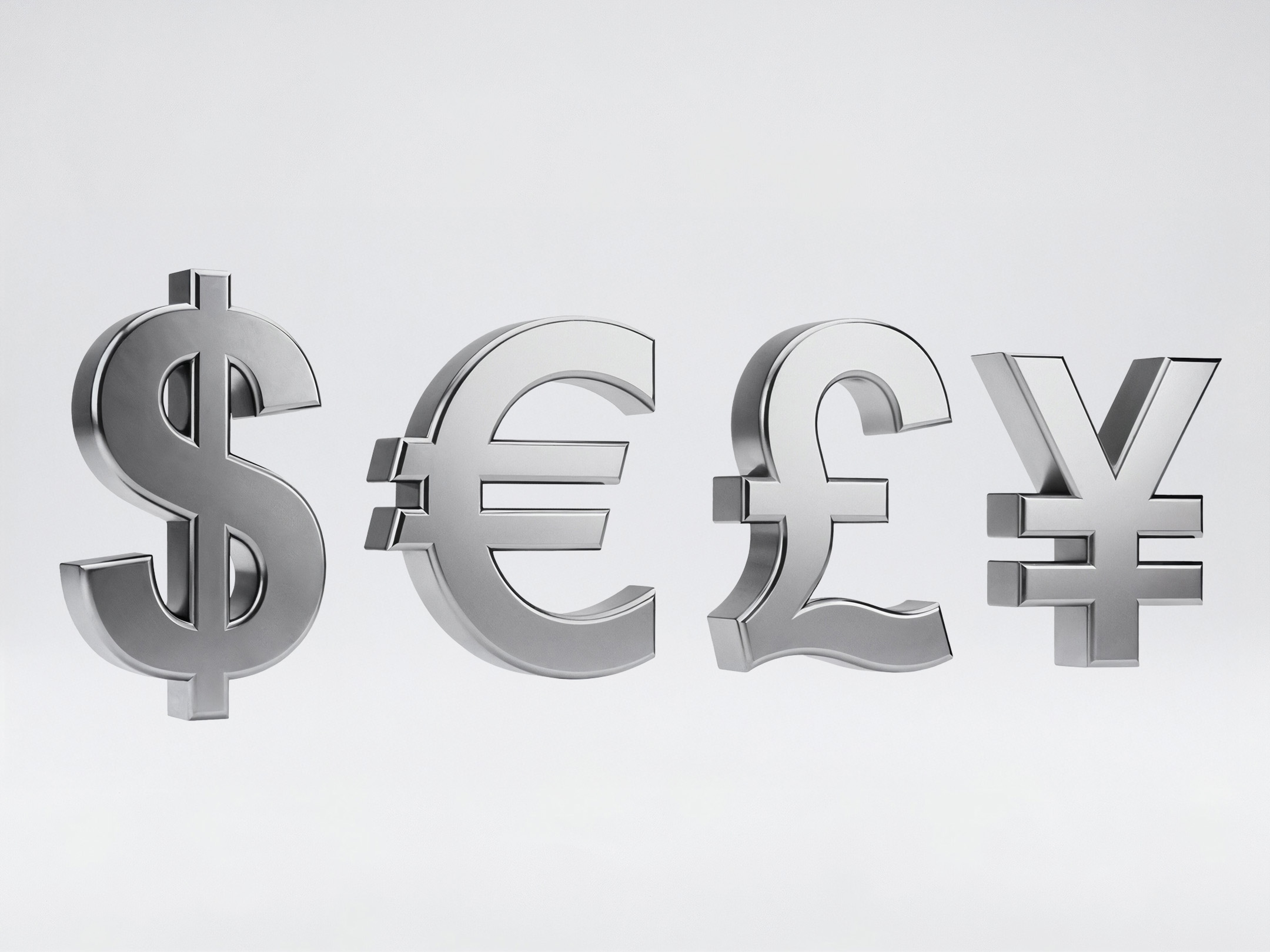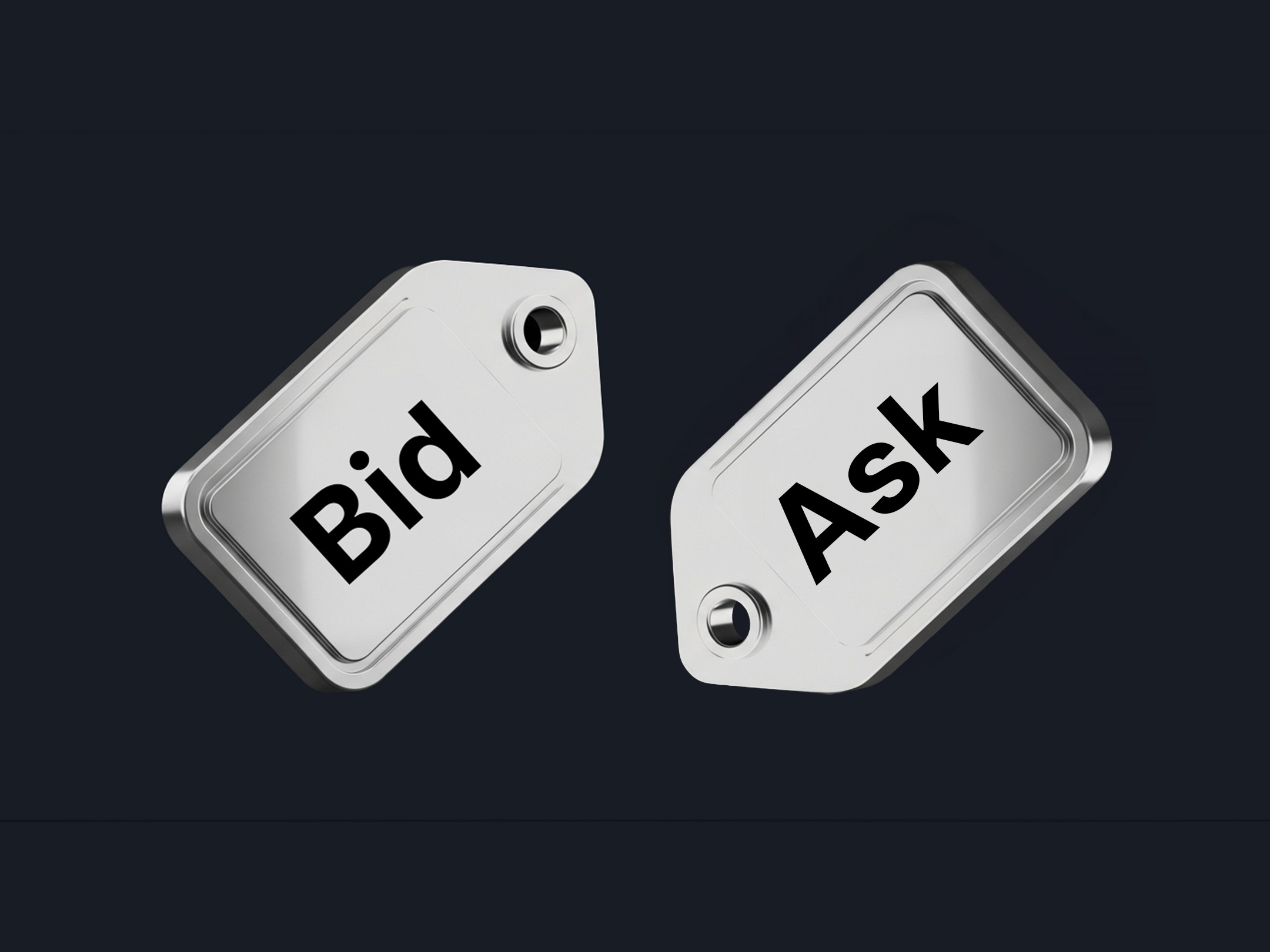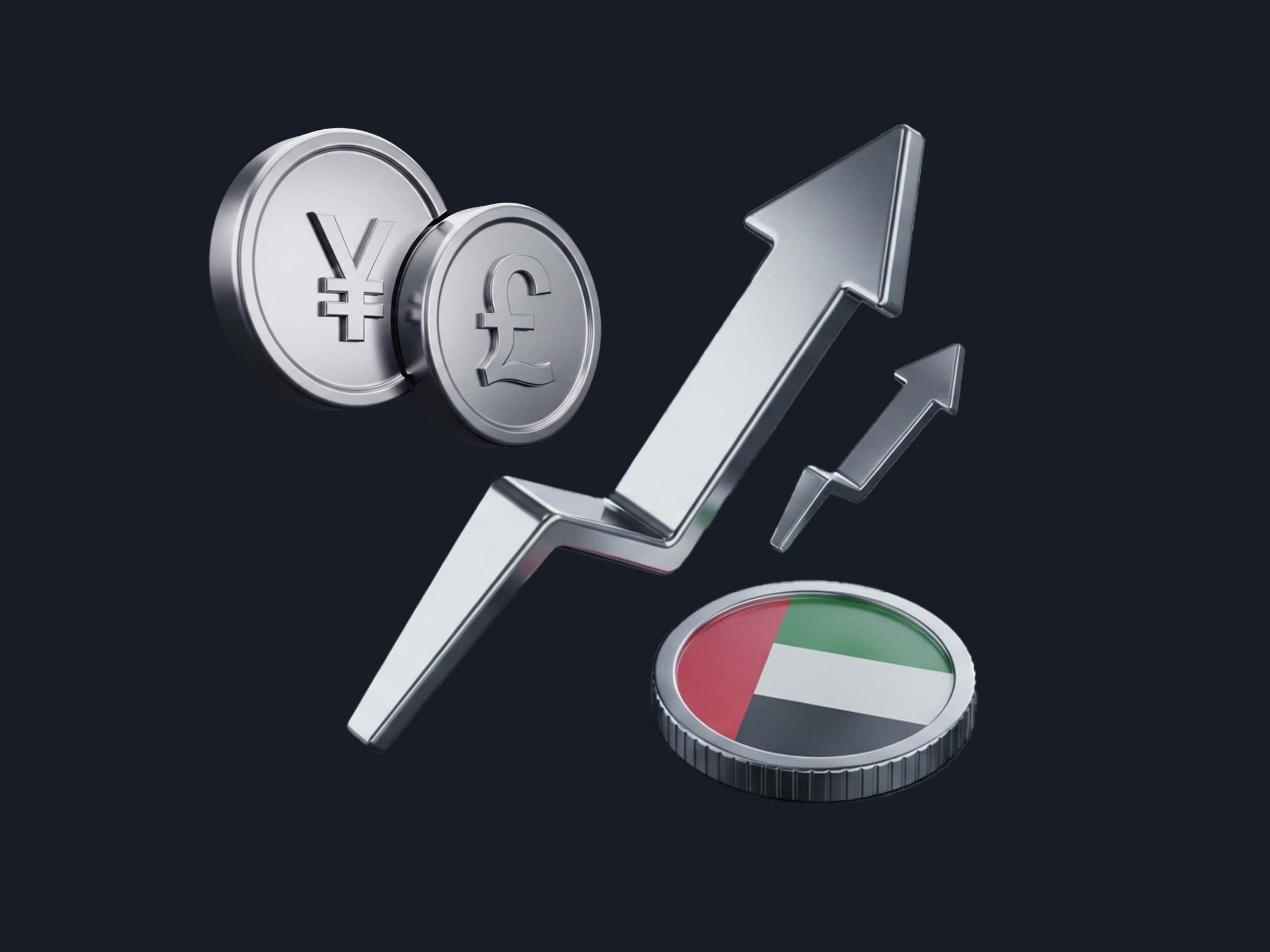
Quick Summary
- Currency pairs show how much of one currency you need to buy another—like EUR/USD or GBP/JPY.
- There are 3 main types of currency pairs: majors (most traded, include the US dollar), minors (no US dollar), and exotics (emerging market currencies).
- The most traded forex pairs—like EUR/USD, GBP/USD, and USD/JPY—are popular for their stability and liquidity, making them great for beginners.
- Currency pairs move due to factors like interest rates, economic news, politics, and overall market sentiment.
- Beginners should start with major pairs, learn how they react to news, and focus on risk management with features like stop-loss orders.
Think of a currency pair as a dance duo. One leads, one follows - but they’re always connected. In forex, you’re never trading just one currency on its own. You’re always comparing one to another. That comparison is the essence of a currency pair.
When you see something like GBP/USD, it’s the British pound against the US dollar. The pound is the base currency (the star of the show), and the dollar is the quote currency (the one telling you how much it costs to buy one pound).
So if GBP/USD is sitting at 1.2500, it means one pound equals 1.25 US dollars. If the number rises? The pound’s gaining ground. Drops? The dollar’s doing the flexing.
Types of currency pairs: Majors, minors, and exotics
Forex pairs come in three main flavours. Let’s break them down with a fun analogy.
Imagine you’re watching a football tournament:
Major pairs are your big-league teams. They always include the US dollar and play in packed stadiums. These pairs, like EUR/USD, USD/JPY, and GBP/USD, have massive fan followings (aka liquidity), fast-paced action, and low costs to trade.
Minor pairs are like strong regional clubs. Still skilled, still serious, but without the US dollar in the match-up. Think EUR/GBP or AUD/JPY. They don’t draw quite as much attention, but they’re still worth watching.
Exotic pairs are the wildcard teams from emerging markets. Picture USD/ZAR (US dollar and South African Rand) or EUR/THB (euro and Thai baht). They’re less predictable, can have flashy moves, but tend to come with wider spreads and higher risk. Fun to watch - but not where you want to debut your trading skills.
See the complete list of forex pairs available for trading on Deriv.
Most traded forex pairs and why they dominate
You know how some songs just always top the charts? That’s EUR/USD in forex. It’s the most traded pair in the world, combining two economic powerhouses: the eurozone and the United States.
Why do traders love it?
- It moves a lot (but not too wildly)
- It’s predictable with the right analysis
- And because it’s so popular, trading costs (like spreads) are usually low
Other hot-ticket pairs include:
- USD/JPY – steady, often used to gauge market risk appetite
- GBP/USD – a little more dramatic, perfect for those who like strong moves
- USD/CHF – the calm one in the corner, often sought when markets get shaky
- AUD/USD and NZD/USD – influenced by commodities and global trade dynamics
What makes currency pairs move?
If you’ve ever wondered why a currency suddenly surges or crashes, it’s not just market mood swings (though that can be part of it). Several key players pull the strings:
- Interest rates – Think of them like a currency’s “attractiveness rating.” Higher rates = more investors = stronger currency.
- Economic indicators - GDP growth, inflation, unemployment figures… all affect how confident people feel about a country’s money.
- Politics and global events - Elections, wars, trade deals - even a well-timed speech - can send currencies flying.
- Market sentiment - Sometimes, traders simply follow the crowd reacting to recent market news. Fear and excitement are real forces.
In short: currencies move because the world moves.
Picking your first pair as a beginner
Let’s be honest - staring at a platform full of currency pairs can feel like browsing a menu in a foreign restaurant. So many options, but where to start?
Many beginners choose to start with what are known as “major pairs.” These pairs are often widely traded and can have higher liquidity and tighter spreads, which some find helpful for monitoring price movements and understanding how the market functions. Examples of major pairs include EUR/USD, GBP/USD, and USD/JPY.
Focusing on a small number of pairs may help you gain familiarity with how those markets behave, instead of trying to track all available options at once.
Let’s walk through a trade: EUR/USD
Picture this: you’re eyeing EUR/USD on your Deriv trading platform. After checking the news and doing some light chart reading, you reckon the euro’s about to climb.
You place a buy trade. If the price rises, happy days - you’re in profit. If it drops below your entry point, your stop-loss steps in to limit the damage.
Had a hunch it would drop instead? You could’ve sold. The key is in your conviction - and your risk management. You don’t need to be right every time. You just need to be prepared.
Trading more than one currency pair? Here’s how not to lose your marbles
Once you’ve mastered one or two pairs, it’s natural to get curious about others. But be warned - trading too many at once can feel like juggling flaming torches.
To keep things sane:
- Use a watchlist to track only the pairs you care about
- Group them by behaviour: some move with commodities, others with risk sentiment
- Don’t open trades just because you can. Quality over quantity.
- Learn correlation—some pairs move in the same direction, others do the opposite. Knowing this helps avoid doubling your risk accidentally
Start small. Scale sensibly. Keep your focus tight.
You’ve just met the key players of the forex stage - major, minor, and exotic pairs - and you now know how to choose, trade, and manage them wisely.
When you’re next on your Deriv trading platform, try narrowing your focus. Watch one or two pairs. Look at how they behave during different times of day. Spot the patterns. Test your thinking.
Quiz
Which of the following is considered a major currency pair?
















